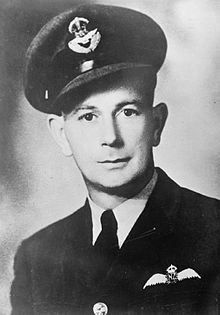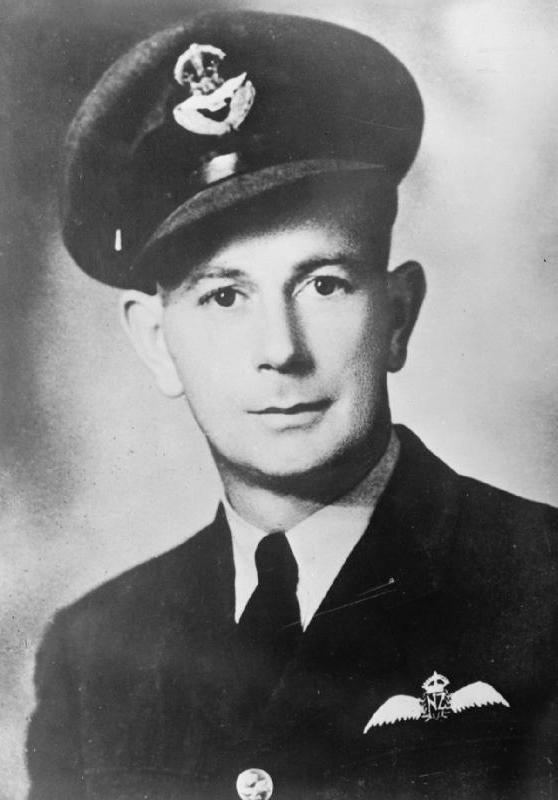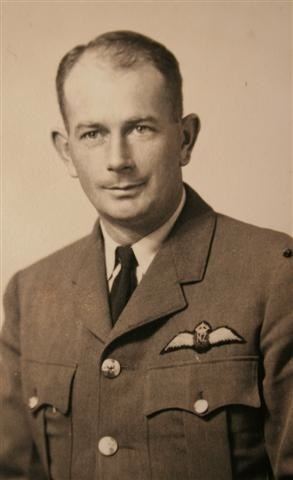Role Armed force officer Years of service 1941 – 1943 Died August 11, 1943 | Rank Flying officer Name Lloyd Trigg | |
 | ||
Similar People George Grogan, Robert Henry Cain, Raphael Zengel, Walter Norris Congreve, James Carne | ||
Flying Officer Lloyd Allan Trigg VC DFC (5 May 1914 – 11 August 1943), of Houhora, New Zealand, was a pilot in the RNZAF. He was a posthumous recipient of the Victoria Cross, the highest award for gallantry in the face of the enemy for British and Commonwealth armed forces. His award is unique, as it was awarded on evidence solely provided by the enemy, for an action in which there were no surviving Allied witnesses to corroborate his gallantry.
Contents

Early life

Lloyd Allan Trigg, the son of Arthur and Cecelia Louisa Trigg (née White), was born at Houhora, Northland, New Zealand on 5 May 1914 and was educated at Whangarei Boys' High School.
Military career
He joined the Royal New Zealand Air Force (RNZAF) as a trainee pilot in June 1941. After attending training school in Canada, Trigg obtained his pilot's wings on 16 January 1942, and was commissioned as a Pilot Officer. After receiving further training in Lockheed Hudson aircraft he embarked for the UK in October 1942.
He was posted to West Africa in December 1942 and joined 200 Squadron RAF in January 1943. As a first pilot he took part in some 50 operational reconnaissance patrols, convoy escort flights and anti-submarine patrols. The squadron later converted to the maritime version of the B-24 Liberator. He was an experienced pilot (he had already been awarded the Distinguished Flying Cross) while attached to 200 Squadron, operating with Coastal Command.
He was flying his first operational flight in a Liberator V (having previously flown Hudsons) over the Atlantic from his base in Bathurst, West Africa (now Banjul, The Gambia), when on 11 August 1943 he engaged the German submarine U-468 under the command of Oberleutnant Klemens Schamong.
His aircraft received several catastrophic hits from the submarine's anti-aircraft guns during its approach to drop depth charges and was on fire as Trigg made his final attack.
It then crashed 300 yards behind its victim, killing Trigg and his crew. The only witnesses to his high courage were the U-boat crew members. Since Trigg has no burial place, he is commemorated on the Malta Memorial to the 2,298 Commonwealth aircrew who lost their lives around the Mediterranean during the Second World War and who have no known grave.
The badly damaged U-boat sank soon after the attack with the loss of 42 hands but seven survivors (including Schamong) were spotted by an RAF Short Sunderland of No. 204 Squadron in the dinghy of the crashed Liberator, drifting off the coast of West Africa. They were rescued by a Royal Navy vessel HMS Clakia the next day and Schamong reported the incident, recommending Trigg be decorated for his bravery. The citation reads as follows:
Air Ministry, 2nd November, 1943.
The KING has been graciously pleased to confer the VICTORIA CROSS on the undermentioned officer in recognition of most conspicuous bravery: —
Flying Officer Lloyd Allan TRIGG, D.F.C. (N.Z.413515), Royal New Zealand Air Force (missing, believed killed), No. 200 Squadron.
The Victoria Cross was presented to Trigg's widow by the Governor General of New Zealand, Sir Cyril Newall, on 28 May 1944.
Legacy
In 2007, New Zealand researcher Arthur Arculus tracked down Klemens Schamong near Kiel. The commander said about Trigg's effort "such a gallant fighter as Trigg would have been decorated in Germany with the highest medal or order".
In May 1998, Trigg's VC was sold at auction by Spinks of London for £120,000, the equal highest price ever realised for a VC at that time. The seller was not believed to have been a relative of Trigg and the medals were purchased on behalf of the Michael Ashcroft Trust, the holding institution for Lord Ashcroft's VC Collection. The VC is now on display at the Lord Ashcroft Gallery at the Imperial War Museum.
Trigg's complete medal awards are:
